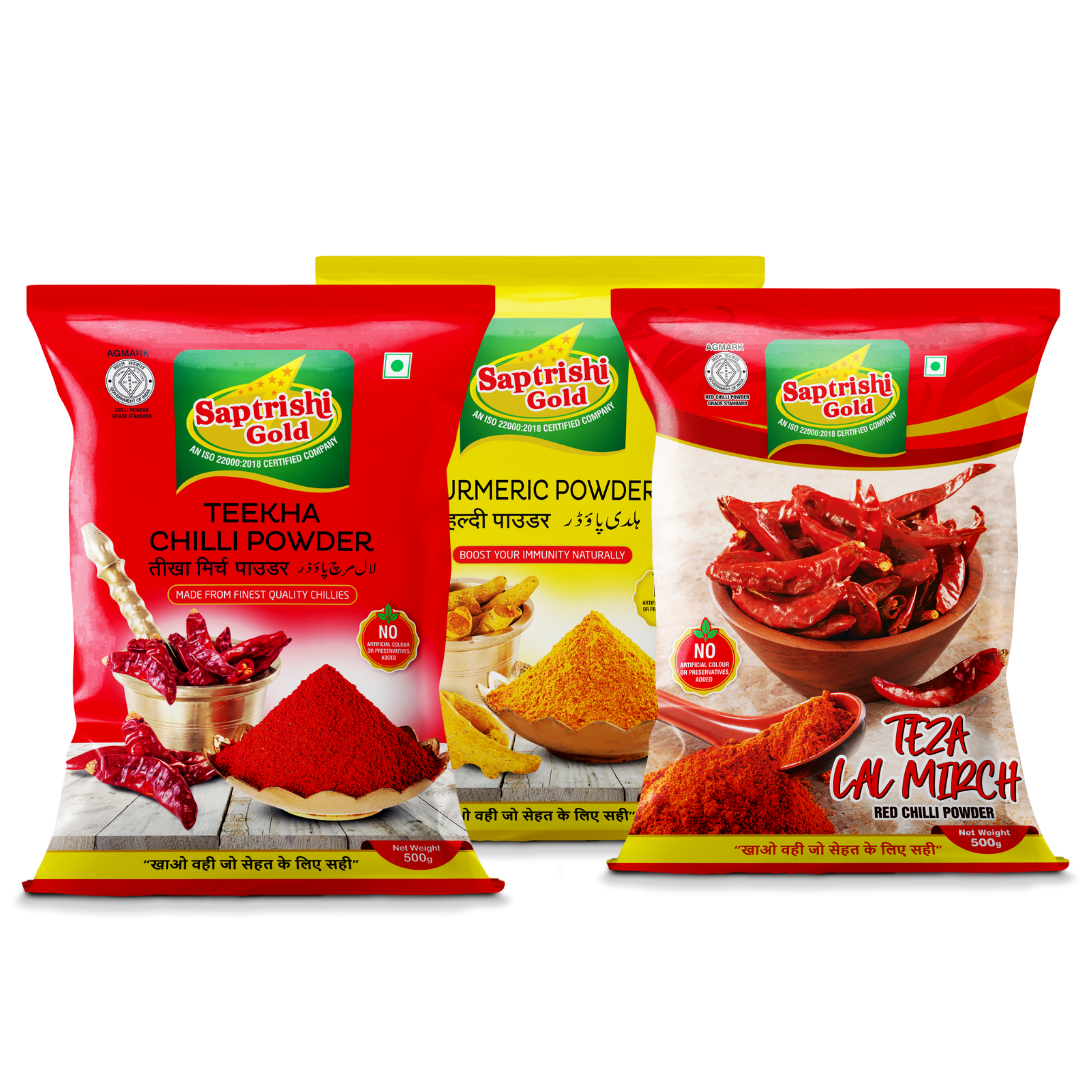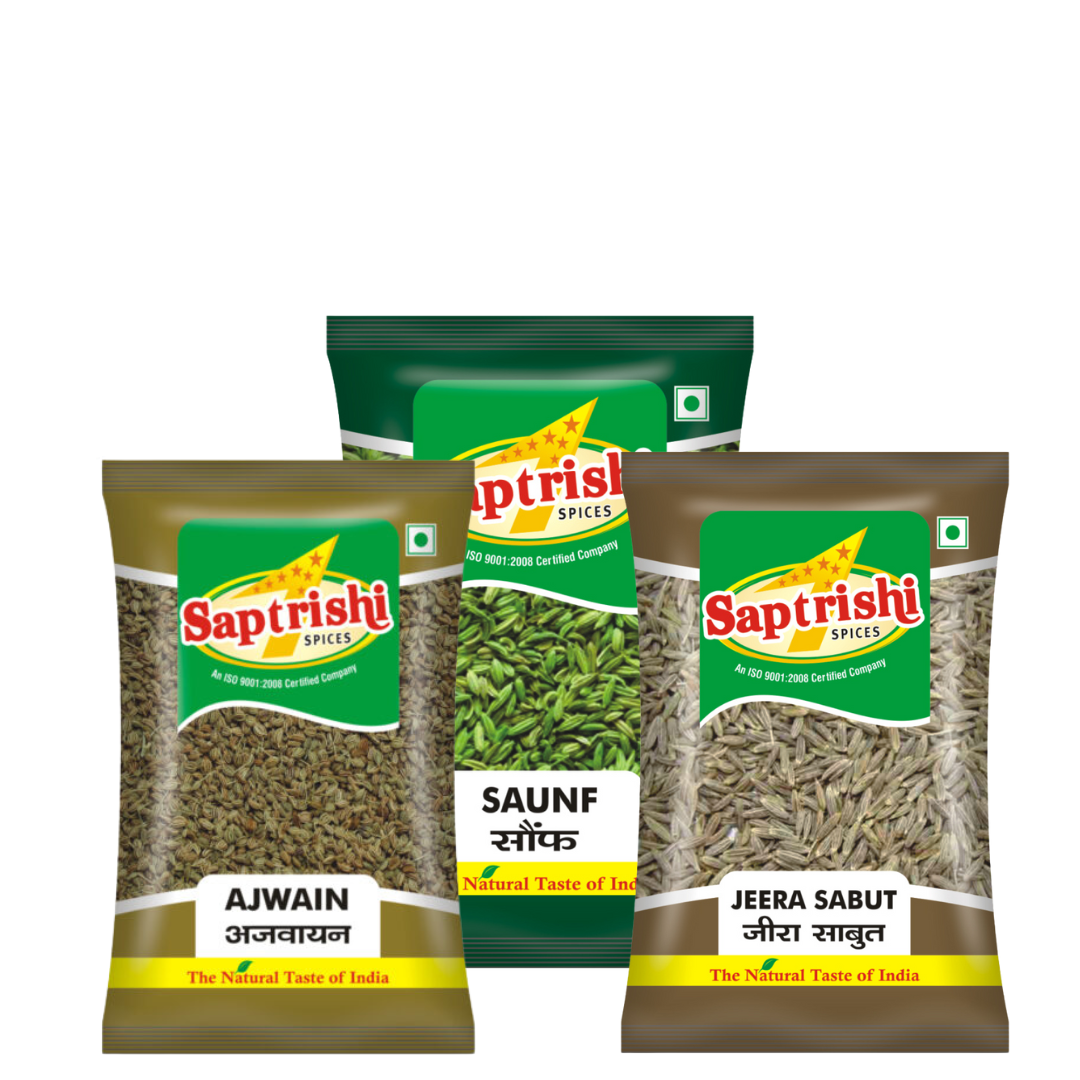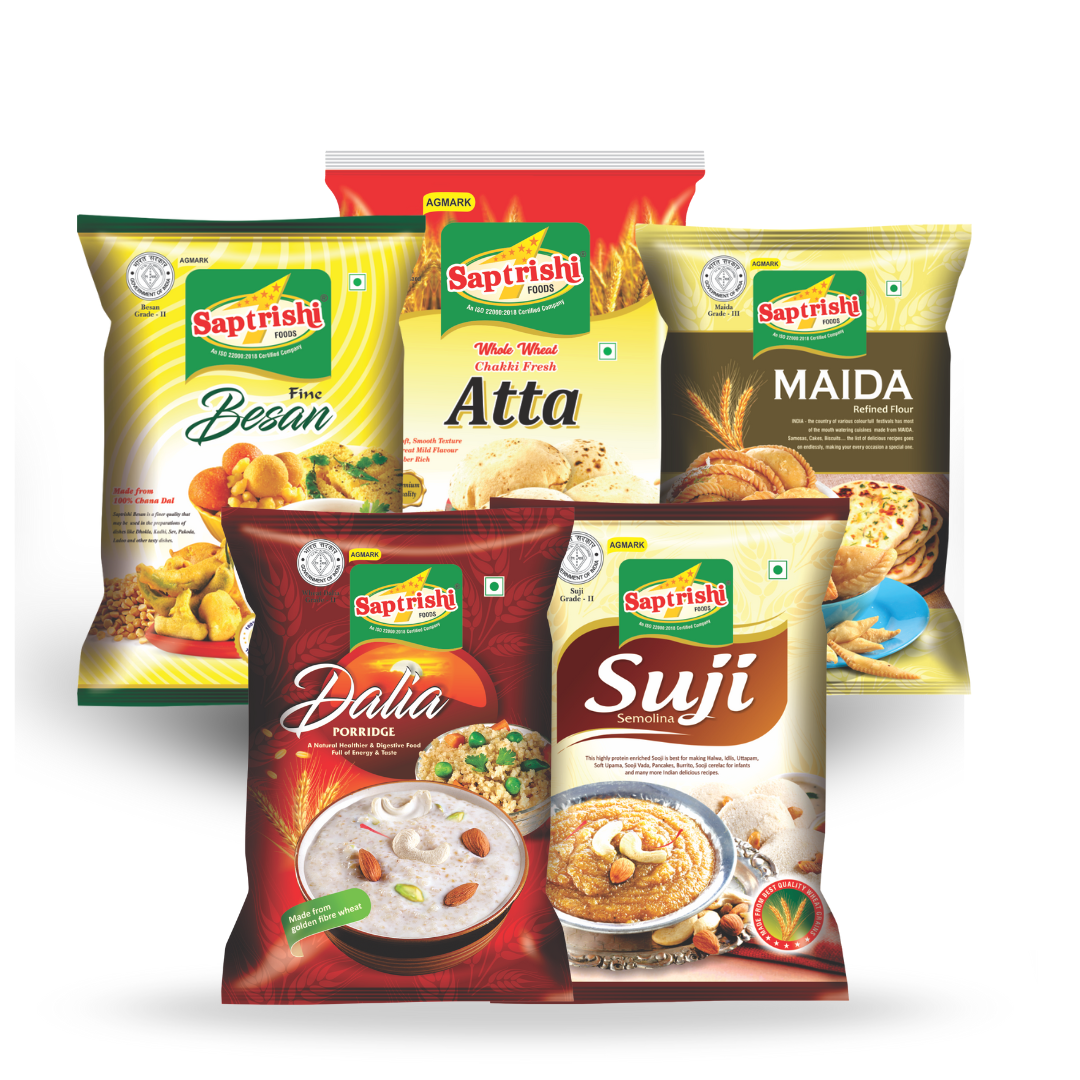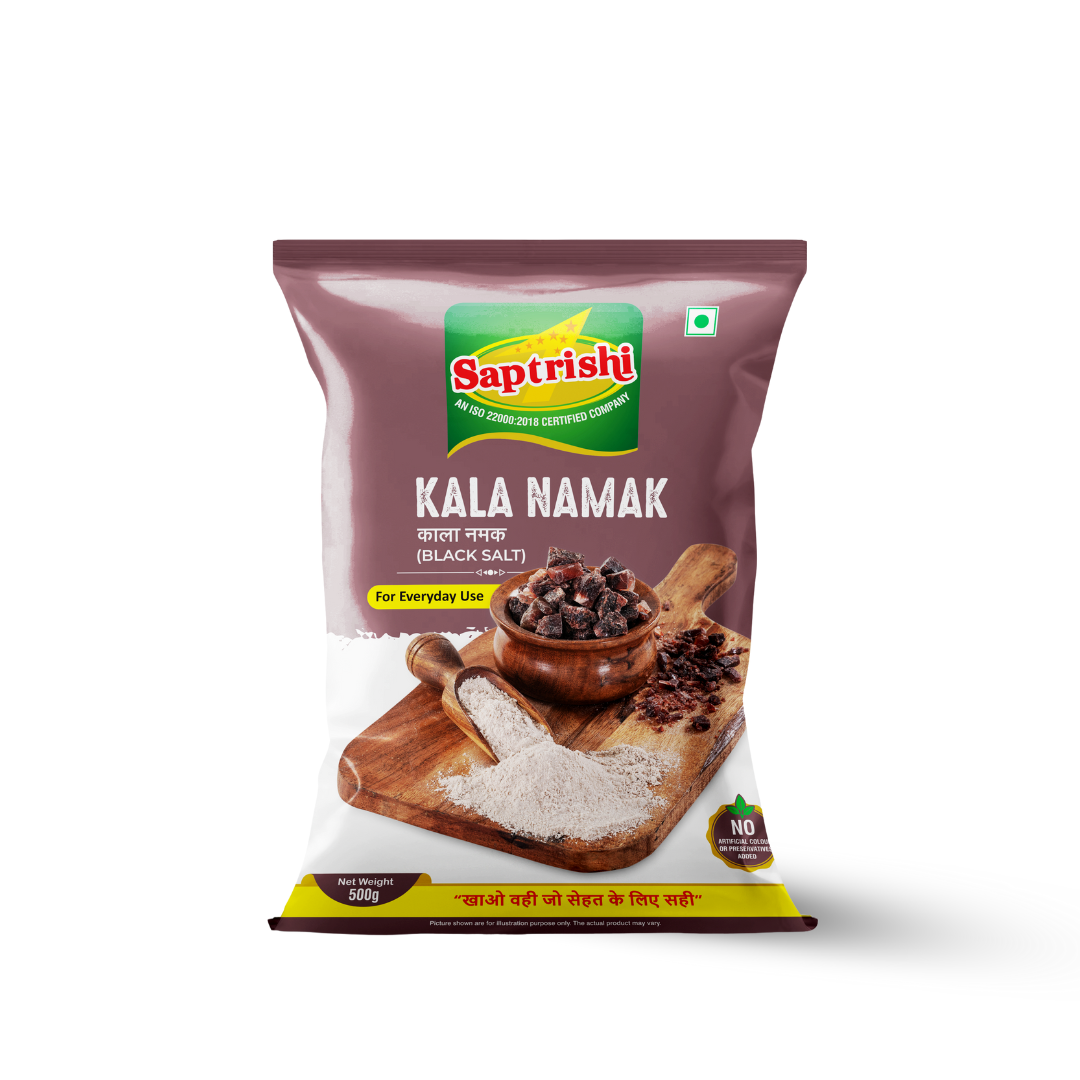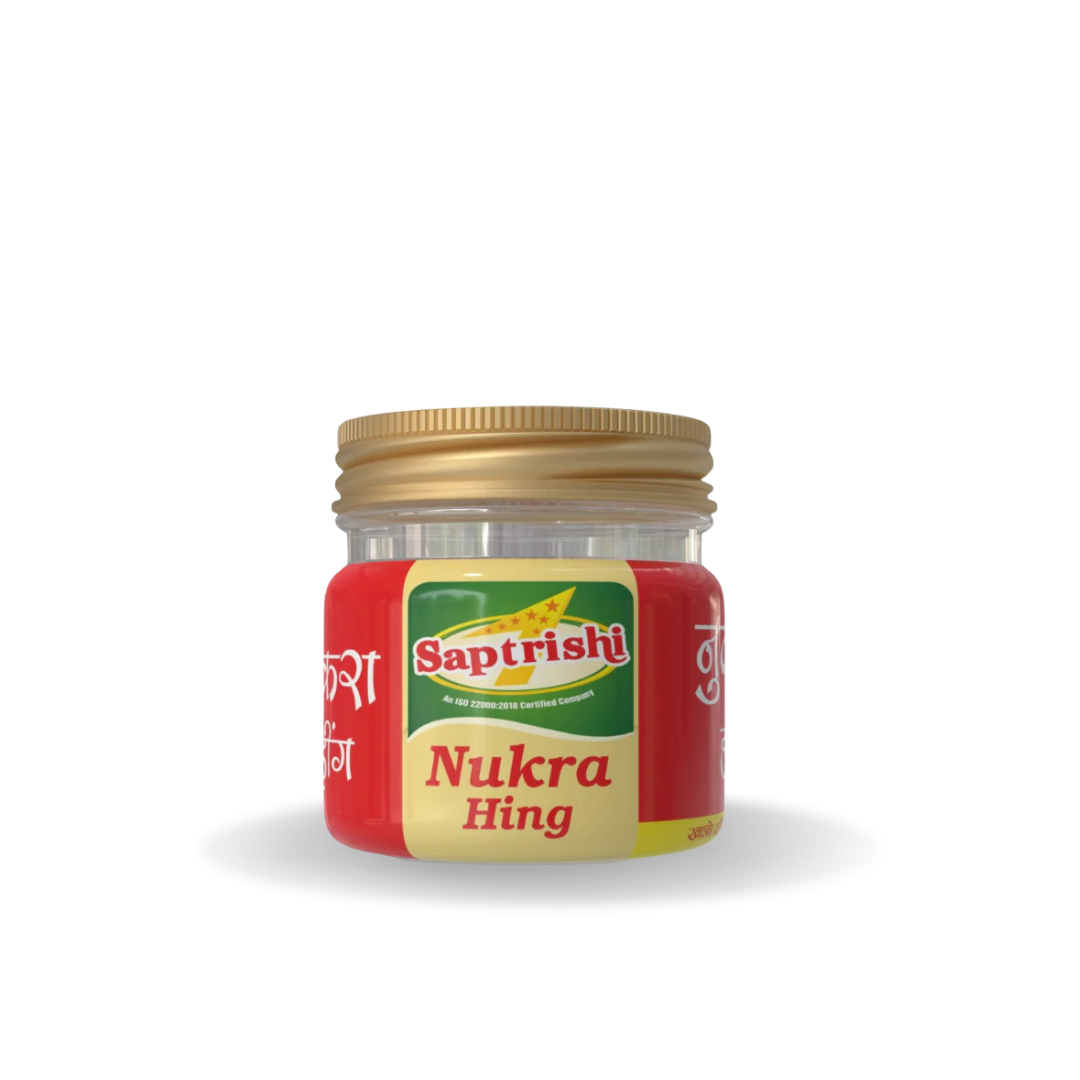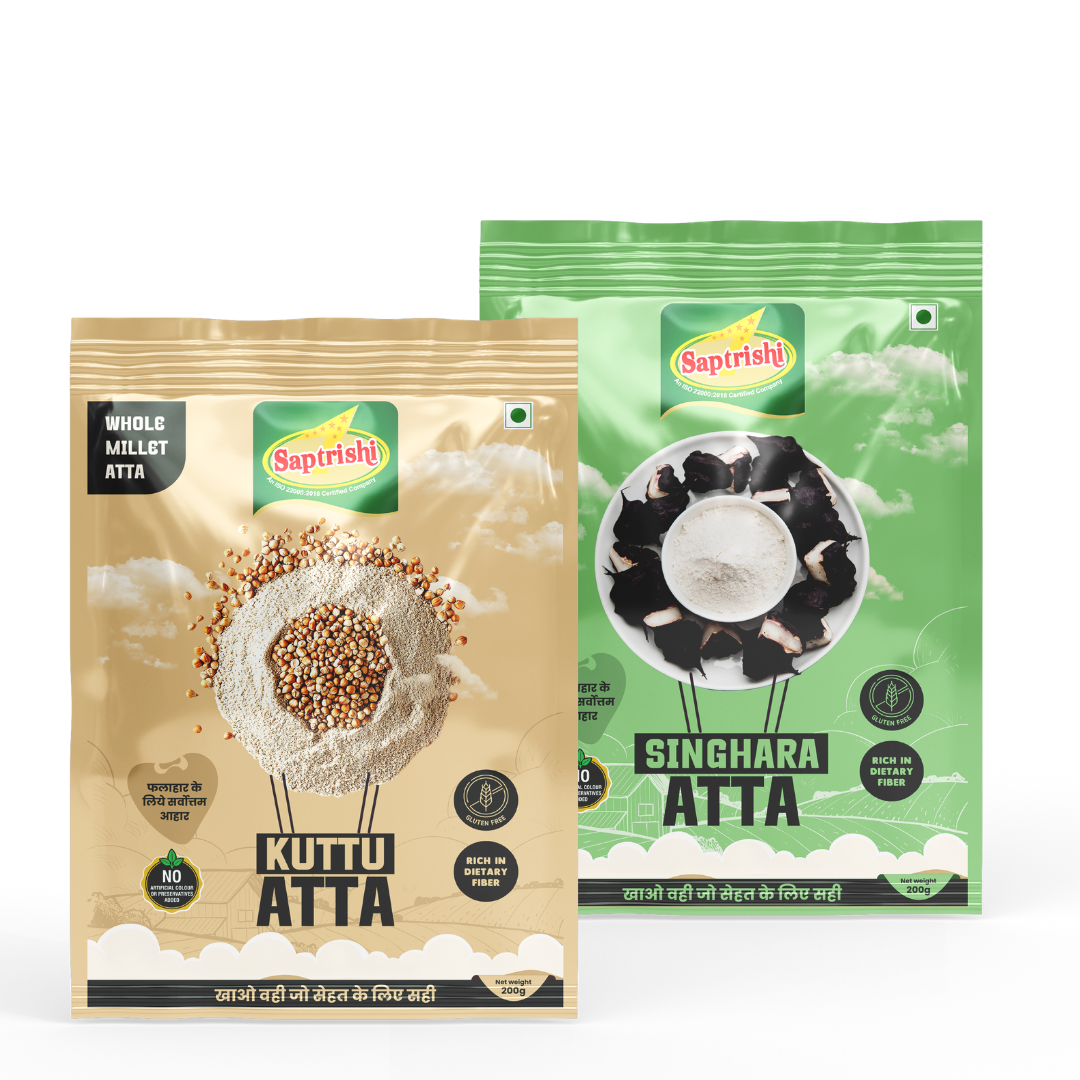Indian cooking is known for its vibrant flavors, rich gravies, and masterful use of spices. But while many masalas form the foundation of a dish, one often-overlooked hero comes in after the cooking is done—chat masala. Used as a finishing touch rather than a base, Chat Masala in Indian Cooking adds that final lift that turns a good dish into something unforgettable. It’s sharp, salty, tangy, and slightly spicy—all the things your taste buds crave at the end of a hearty meal.
In this blog, we’ll dive deep into what makes Chat Masala essential in Indian kitchens, how it’s different from traditional masalas, and how to use it correctly to bring out the best in your everyday cooking. From humble dal to roasted snacks, you’ll learn how this finishing spice can revolutionize your flavor game.
What Makes Chat Masala in Indian Cooking So Special?

Chat Masala in Indian Cooking is a distinct and bold spice blend that has earned its place as a finishing masala, rather than one used during the cooking process. The secret to its appeal lies in its unique combination of ingredients—dry mango powder (amchur) for sourness, black salt (kala namak) for umami depth, cumin for earthiness, hing for digestive balance, and chili powder for a gentle heat. Together, these spices create a sharp, tangy, and savory punch that immediately elevates the flavor of any dish it touches.
Unlike garam masala or curry masala, chat masala isn’t about complexity or warmth. It’s about brightness, contrast, and bringing food to life at the final moment. It doesn’t just blend in—it stands out. Used properly, chat masala doesn’t overpower the main dish—it highlights and enhances everything else on the plate. That’s the real magic of using Chat Masala in Indian Cooking.
Chat Masala in Indian Cooking vs. Traditional Masalas
To understand the real value of chat masala, it’s important to compare it with the traditional masalas we use daily. While traditional masalas like garam masala, sambhar powder, or sabzi masala are designed to be cooked into the dish, chat masala is meant to be added afterward—right before serving.
| Feature | Chat Masala in Indian Cooking | Traditional Indian Masalas |
|---|---|---|
| When to Use | After cooking (as a finishing touch) | During cooking (while sautéing or simmering) |
| Flavor Profile | Tangy, pungent, slightly spicy, sour, salty | Warm, earthy, aromatic, often slightly sweet |
| Main Ingredients | Amchur, black salt, cumin, chili, hing | Coriander, turmeric, cumin, fennel, garam masala |
| Impact on Food | Sharpens, brightens, and refreshes taste | Builds body, aroma, and depth |
| Best Use Cases | Snacks, chaats, dry sabzis, raitas, rice | Curries, gravies, tadkas, lentils, marinades |
6 Practical Ways to Use Chat Masala in Indian Cooking
1. Finish Off Sabzis with a Tangy Lift
After you've cooked dry vegetable preparations like bhindi fry, aloo jeera, baingan bharta, or tinda sabzi, add a finishing touch by sprinkling ½ to 1 teaspoon of Chat Masala in Indian Cooking right after turning off the heat. Mix well and let it sit for a minute before serving. This method not only balances the spices already in the dish but also enhances freshness and makes the vegetables more aromatic and exciting to eat—especially for kids and picky eaters.
2. Revive Basic Dal and Khichdi with a Flavor Boost
Dal and khichdi are staples in most Indian households, but let’s face it—they can get repetitive and bland if not seasoned thoughtfully. Once your dal tadka or masala khichdi is plated, drizzle a bit of ghee and finish with a sprinkle of Chat Masala in Indian Cooking. The difference is immediate—your humble comfort food suddenly feels festive, full-bodied, and restaurant-worthy, without needing more spices or chilies.
3. Transform Rice Bowls into Street-Style Meals
Don’t underestimate the power of leftover rice. By mixing chopped onions, green chilies, a little lime juice, and Chat Masala in Indian Cooking, you can create an instant street-style rice bowl that’s spicy, zesty, and totally satisfying. You can even fold in boiled potatoes or peanuts for texture. This hack is especially great for lunchboxes, impromptu meals, or as a base for buddha bowls or wraps.
4. Enhance Paratha Stuffings for a Zingy Bite
When preparing stuffing for parathas—whether it’s aloo, gobhi, paneer, or even onion—add ½ teaspoon of Chat Masala in Indian Cooking directly into the filling mixture. It subtly cuts through the heaviness of the stuffing and gives it a burst of tang that pairs perfectly with curd or chutney. It also helps the paratha taste great even when eaten cold or packed for travel.
5. Upgrade Raitas and Yogurt Dips Instantly
Raitas are essential for balancing out spicy Indian meals, but they can also be bland if not seasoned properly. Instead of just salt and cumin, try adding Chat Masala in Indian Cooking to your cucumber, boondi, or mint raita. The tangy and salty kick complements the creaminess of the yogurt and makes the raita stand out as more than just a side dish—it becomes a star element of your meal.
6. Bring a Desi Twist to Fusion Dishes

Modern Indian home cooks love experimenting with global recipes, and chat masala is your secret ingredient for Indo-fusion success. Sprinkle it on masala fries, paneer tacos, grilled sandwiches, noodle bowls, or even hummus for that unmistakable Indian flavor. Using Chat Masala in Indian Cooking in fusion dishes bridges traditional spice profiles with contemporary tastes.
Why Chat Masala Deserves a Spot in Every Indian Kitchen
-
Versatility: It’s not just for snacks—it’s for sabzis, dals, sides, and even drinks.
-
Flavor Amplifier: Just a pinch can make an ordinary dish taste layered and well-rounded.
-
Health Benefits: Ingredients like black salt and cumin support digestion, making it especially useful after rich or oily meals.
-
Minimal Effort, Maximum Impact: No need for grinding, sautéing, or long cooking—just open the jar and sprinkle.
To truly enjoy these benefits, you need a high-quality blend that’s fresh, balanced, and free from synthetic flavors. We recommend Saptrishi Chat Masala—a premium blend that delivers authentic Indian flavor every time.
FAQs
Q1. Should I cook chat masala with the food or add it later?
It’s always best to add it after cooking. Chat masala is a finishing spice, and heat can dull its flavor and reduce its tangy impact.
Q2. Can I use Chat Masala in Indian Cooking every day?
Yes, in moderate amounts. It’s ideal for everyday meals and supports digestion when used thoughtfully.
Q3. Is it suitable for children?
Yes, but use less in recipes for kids, especially if they’re sensitive to sour or salty flavors.
Q4. Can I use it in marinades or frying batters?
Yes, but the full flavor of chat masala comes through best when sprinkled after cooking.
Q5. How should I store it?
Keep it in an airtight jar in a cool, dry place away from sunlight or moisture. Always use a dry spoon.
Flavor That Finishes Strong
Mastering Chat Masala in Indian Cooking isn’t about fancy techniques—it’s about understanding when and how much to use. It’s that perfect finishing move that brings your dish together, balances the flavors, and makes every bite memorable. Whether you’re making humble dal-chawal or experimenting with wraps and fusion bowls, chat masala brings a confident, unmistakable Indian character to your food.
So don’t let your meals fall flat in the final moments. Reach for a trusted blend like Saptrishi Chat Masala and discover the joy of ending your cooking on the boldest note possible.
